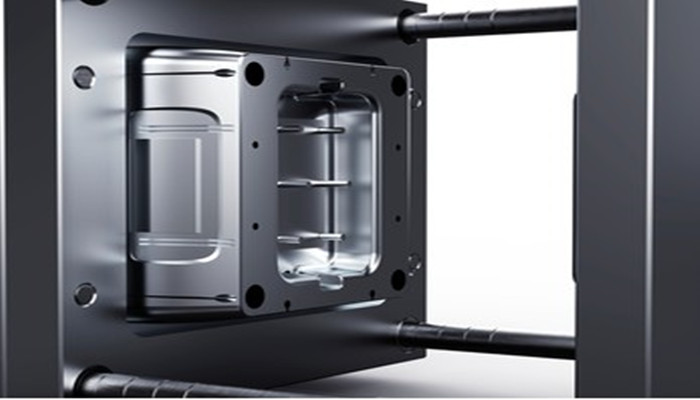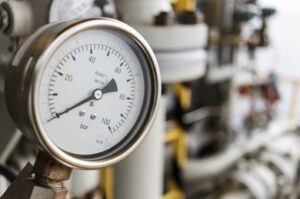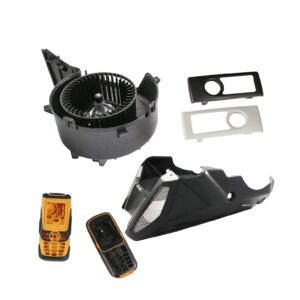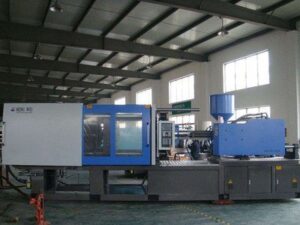Keeping the quality engineering of your plastic injection molding to a high standard can make a huge difference to your production. There are several things you can do to ensure you get the highest quality moldings. These include making sure the moldings are made from the right material, avoiding sink marks and flashing, and examining the molds for defects
Examine the molds
Creating high-quality injection molds is not only important to produce a good quality plastic part, it is also critical to reduce mass production risk. Taking all manufacturing factors into account is a challenge and requires an in-depth knowledge of injection molding process.
Injection molded plastic parts are judged by their weight, surface finish, and deformations. These are factors that can help to identify defects in a mold. Taking this into account, it is important to examine the molds to ensure that they are producing quality parts.
Before selecting a mold, you should be able to determine the number of parts you will be producing. It is often cheaper to produce a larger number of parts than it is to produce fewer parts.
Consider Design for Manufacture (DFM)
Investing in Design for Manufacture (DFM) is a smart way to reduce manufacturing costs and ensure the quality of your product. The DFM process improves the quality of custom parts by standardizing them and reducing the number of parts in the final product.
Design for Manufacture is a process that involves testing and optimizing your design for manufacturing. It involves a number of factors, including timeline, quality, material selection, and assembly.
The process is important because it helps to reduce production costs and eliminate inefficiencies. It also helps to increase efficiency and ensure regulatory compliance. Choosing the best material and fabrication process also helps to lower costs.
Computer tomography (CT) inspection
Using CT scanning to inspect a plastic injection molding component’s interior structure is a valuable tool. It’s a non-destructive method for detecting form errors and voids. It can also be used to measure mold wear.
CT-data visualization software reconstructs millions of pixels into three-dimensional voxels. It can then be used to analyze stress patterns, material density, and other design flaws. It can also be used to produce high-quality parts, accelerate processes, and improve quality control.
CT scanning can be used inline, in the lab, or on the Internet. It is also used in various industrial metrology applications, including packaging integrity assessment.
Enhanced CT scanning offers dimensional measurement of structures and features, and graphically displays out-of-tolerance variances. It’s also an ideal method for non-destructive testing.
Proper wall thickness
Choosing the right wall thickness for your plastic injection molded part can optimize your performance, optimize your cost and reduce the risk of failure. It can also help you avoid unnecessary costs and delays. Here are some tips to help you find the right thickness for your part.
The best wall thickness will allow the most efficient flow of resin throughout the part. This is especially important for plastics, which are poor heat conductors. This will help reduce the time it takes to cool and minimize the risk of sink marks.
Wall thickness also depends on material. Some plastics such as ABS, polycarbonate and polypropylene have thinner walls than others. These parts require less material to produce and can be ejected from the mold sooner without warping.
Avoid sink marks
Whether you are designing a new product or fixing a problem, it is crucial to avoid sink marks in plastic injection molding. They are a common problem that can lead to unwanted depressions on the surface of molded plastic parts. However, there are ways to avoid sink marks and improve the aesthetic quality of your product.
It is no secret that sink marks can cause problems with surface strength, surface appearance, and molded part shape. The process for avoiding sink marks is simple and can be implemented with some effort.
First, consider the thickness of your wall sections. The thickness of a molded part’s wall has a direct relationship to its shrinking degree. The thinner the wall, the faster the plastic will solidify. However, when a part’s wall thickness is too thick, the plastic takes longer to cool. This slows down the overall cooling time of the part, which can lead to internal voids.
Avoid excessive flashing
Choosing the right injection molding process can be important when trying to avoid excessive flashing. Flashes can be caused by too much pressure on the injection mould, or insufficient pressure in the cavity. Flashes can occur on the parting line, and anywhere that metal can leak.
When a part is melted, the heat is pushed into the cavity. This causes shrinkage and then hardening of the plastic. This means that a small part is easier to seep out of the cavity, resulting in a flash. However, a flash can also occur when a molten part is forced out of the mold by a clamping force.






